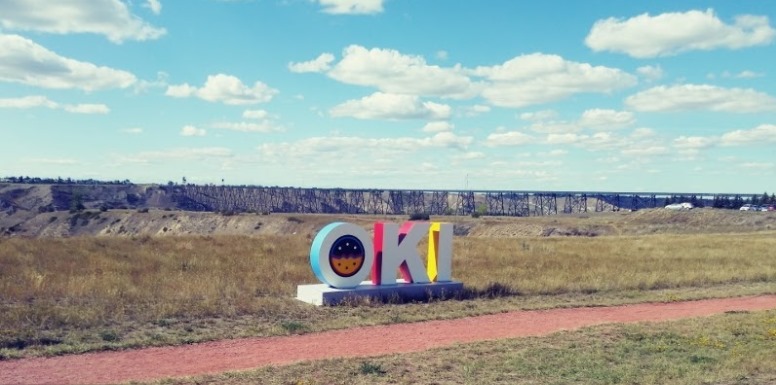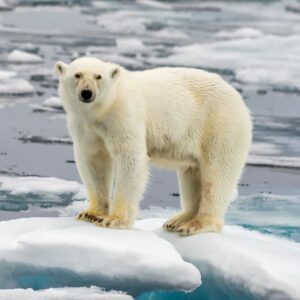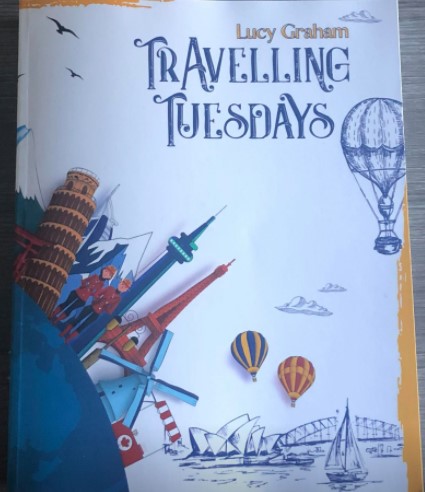Live Large and Be Fearless
Live Large and Be Fearless - Day 396 - Daily Content Challenge
The Polar Bear is a hypercarnivorous bear that lives largely within the Arctic Circle including the Arctic Ocean, its surrounding seas and surrounding land masses. Males are twice the size of females. Males can weigh up to 800 kg and can grow up to 3 metres long. The polar bear is the largest bear species and the largest land carnivore in the world.
Polar bears are classified as marine mammals because they spend most of their lives on the sea ice of the Arctic Ocean. They depend on the ocean for their food and habitat. Polar bears are the only bear species considered to be marine mammals.
A polar bear’s skin is jet black. The thick fur is translucent and only appears white because it reflects visible light.
Polar bears can swim long distances to get from one piece of ice to another. They use their large paws to paddle through the water while holding their hind legs flat like a rudder. They can reach speeds of up to 6 mph.
A polar bear will spend about half of its life hunting for food. Their main prey consists of ringed seals and bearded seals. The polar bear will try to catch seals by breaking into pupping dens, waiting at breathing holes at the water’s edge, or by stalking seals that have hauled out to rest on the ice. Polar bears have a very strong sense of smell. They use this ability to find seal breathing holes in the ice and then wait patiently until the seal comes up for air to attack. They can even detect a seal in the water beneath a metre of snow.
Besides catching seals, polar bears will also scavenge carcasses or settle for small mammals, eggs, birds and vegetation.
Climate change is the greatest threat to the polar bear’s survival. Melting sea ice from climate change has increased human-polar bear conflicts. The hungry polar bears go searching for food in the summer and come in contact with humans. Fortunately people are learning to adapt to the polar bear’s presence and are taking preventative measures to reduce the risk of conflict.
Another threat to the polar bear is the oil and gas industry which has come to the arctic bringing potential risks of habitat destruction from oil exploration work. Contact with oil spills can reduce the insulating effect of a bear’s fur causing them to use more energy to get warm. Oil spills can poison bears if the oil is ingested.
These are the sayings on the bookmark called Advice from a Polar Bear.
-
Live large
-
Sniff out opportunities
-
Be fearless
-
Learn some good icebreakers
-
Be thick-skinned
-
Appreciate long winter nights
-
Keep it cool!
Here are my comments about each of these sayings.
-
Live large - This is what Dan Martin always says when he says goodbye at the end of a zoom call. Live large - this expression means to live like a very wealthy and successful person.
-
Sniff out opportunities - Keep on the lookout for new opportunities.
-
Be fearless - Don’t be afraid. When you mix fearlessness with confidence, you have the courage to take big leaps into the unknown. You can live your dreams and take chances others wouldn’t even imagine.
-
Learn some good icebreakers - Icebreakers are activities designed to encourage interaction and welcome participants to a meeting.
-
Be thick-skinned - Don’t let criticism hurt you. Look for what you can learn from a negative comment and turn it into something positive.
-
Appreciate long winter nights - Evenings are longer in the winter. A good time to spend at home doing things with your family.
-
Keep it cool! - Remain calm.
Have a great day everyone. Live large and be fearless.
# living life abundantly # published author # travelling tuesdays



